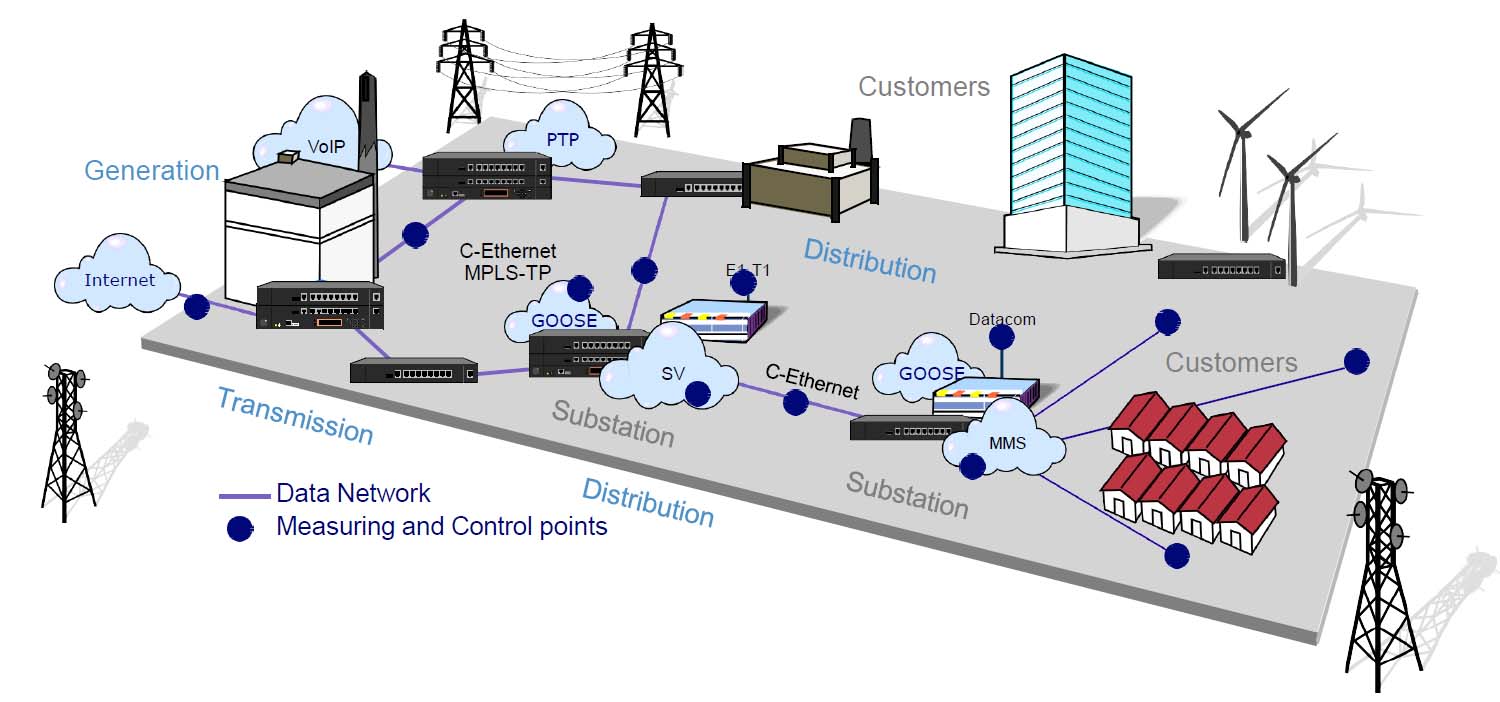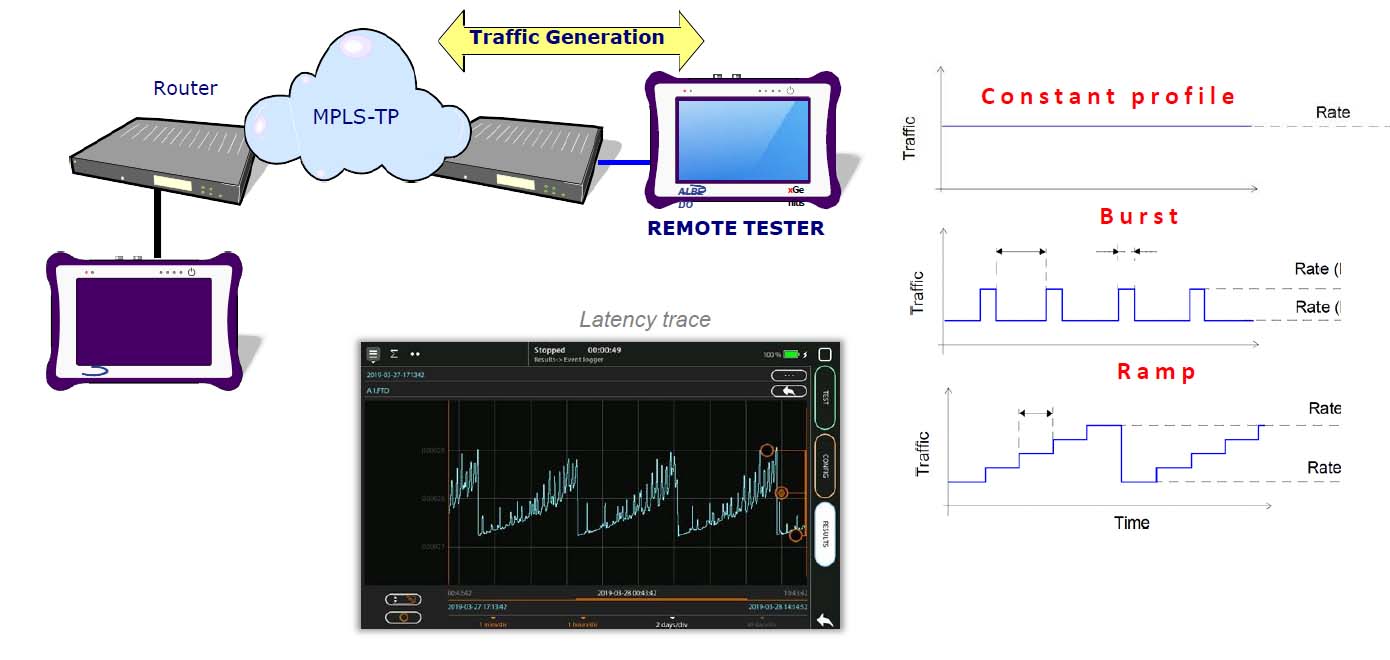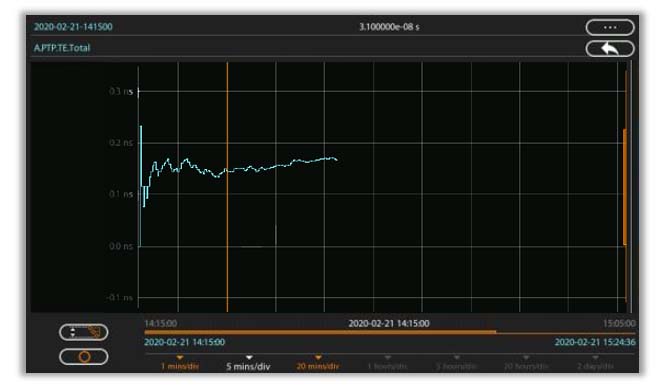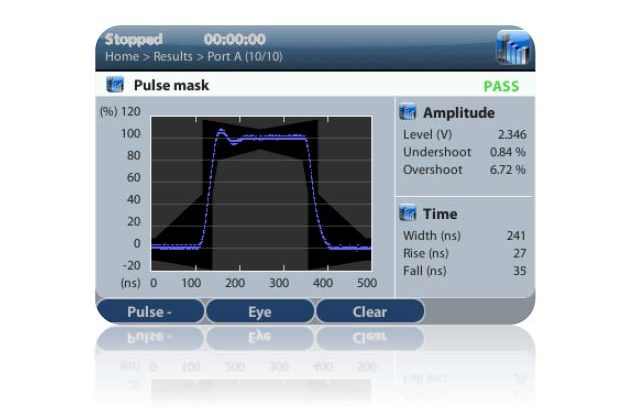Smart Grid WAN Communications
This Post is an introduction to the long haul communication protocols that manage the power utility infrastructures. We are using timing as the key perspective while following the installation and commissioning good practices.
MIAMI FEB.27.2023
The basic architecture of power transmission and distribution has changed very little over the first 100 years, but in recent decades the concept of the smart grid has emerged thanks to the massive use of digital technologies to improve efficiency, resilience and quality of service. A utility’s telecommunications network plays a critical role in ensuring the efficient and reliable operation of the power grid infrastructure, enabling the monitoring and control of grid performance while providing real-time data to manage the grid and support problem-solving decisions.

Fig 1. Legacy and new Protocols: Ethernet / MPLS, T1/E1, GOOSE, SV, and more.
Utility Communications
A utility’s telecommunications network typically consists of various systems and technologies used for communication and control purposes within the power grid infrastructure, typically built over fiber optic networks and copper wire, and wireless links that support communication and control systems such as
- SCADA (Supervisory Control and Data Acquisition), which enables remote monitoring and control of power generation, transmission, and distribution systems through a network of sensors, communication links, and control devices to monitor and control grid performance.
- AMI (Advanced Metering Infrastructure), which enables the utility to remotely monitor and control individual customer meters. It includes smart meters that can communicate with the utility’s central systems to provide real-time consumption data and enable remote disconnect and reconnect services.
To verify the capacity and quality of the Ethernet network, there are several RFCs that have been used for decades and are still valid, such as RFC2544, RFC6349, and Y1568, which help to identify bottlenecks and sources of error.

Fig 2. Control center.
Transport Protocols
Nowadays Ethernet is the preferred transport protocol for new installations, both in WANs and substations, and is widely used throughout the world, but it is not the unique transport protocol:
- Ethernet/IP : It is flexible and enables high-speed data transmission over wired and wireless networks. Utilities can use Ethernet to connect devices within a substation or to connect substations and smart meters, often using MPLS to prioritize traffic and ensure reliable delivery of critical data in real time.
- TDM Network: These legacy protocols are also considered because many utilities continue to support SONET/SDH as well as the more common tributaries such as DS3, T1, and E1, especially the 2Mbps framing used by C37.94, which continues to be one of the most popular protocols for teleprotection around the world.

Fig 3. Hands-on: check network Capacity & Quality with xGenius.
Timing Protocols
Regarding the most popular timing protocols that we can find in the WANs (we will talk about the synchronization protocols in the substations in another port), they are:
- GPS: It is probably the most popular time reference today, and a large portion of substation clocks are disciplined to it. However, in recent years it has become a growing concern because its security can be compromised by jamming and spoofing.
- PTP: is the current trend because it is flexible when transported by the Ethernet/IP/MPLS network, it is very accurate, and it also allows a synchronous and hierarchical architecture to be deployed throughout the network, avoiding the security problems associated with GPS. PTP also has the advantage of being used in substations.
- SyncE: can be found in certain scenarios because it is very accurate, but it has important limitations because it only provides frequency synchronization and forces a specific interface to be supported in all devices that will use it.
- NTP: It is not a protocol that is used for critical processes due to its low accuracy, but we can find it in the WAN to synchronize other devices such as routers and enterprise applications.
Precision Time Protocol
Precision Time Protocol (PTP) is commonly used to synchronize power utilities that require accurate time for protection, control and monitoring functions. PTP is a protocol that provides this accuracy and precision over an Ethernet/IP network and is capable of achieving sub-microsecond timing, which is well suited to utility requirements. PTP is also used to synchronize protection relays, PMUs, IEDs and RTUs for their operations such as fault detection and isolation, control and monitoring. PTP can be used over a variety of network types, including Ethernet, MPLS, and MPLS-TP networks, which are commonly used in the utility industry..

Fig 5. PTP Wander & Time Error analysis.
Network Time Protocol
Network Time Protocol (NTP) is generally not used as the primary time synchronization protocol for power utilities because it is not accurate enough; NTP can provide accuracy on the order of milliseconds, which may be sufficient for many network-based applications. However, NTP is part of IEC 61850 and can be found as a timing protocol for certain non-critical applications..

Fig 6. NTP testing TE results.
Synchronous Ethernet
Synchronous Ethernet (SyncE) is a very precise timing protocol but only for frequency, nos phase, then in power systems can be used only for a few applications such as power grid frequency regulation and some network elements that support this PHY layer including switches and routers. In other words, SyncE can be used but needs to complement other systems such as PTP and GPS.

Fig 4. Verify Synchronous Ethernet (SyncE) with xGenius.
Legacy TDM
In the 1980s, SONET was the first network to be deployed and was a satisfactory solution for common applications such as SCADA, telephony, and teleprotection because it is a predictable, symmetrical, low-latency, fault-tolerant architecture. However, other communication protocols are used between substations or to connect SCADA systems, including SONET/SDH and T1/E1, all of which are considered legacy for long-haul links.

Fig 7. Pulse mask to verify T1/E1 links
Serial communications
Serial communications (SC) are still used in power utilities, especially in legacy systems and applications where simple and reliable communication over short distances is required for data transmission between Data Terminal Equipment (DTE) and Data Circuit Terminating Equipment (DCE) such as modems, routers, and other network devices such as control systems, protection relays, and meters, as well as for communication with legacy devices.
For example, V.24 / RS-232 is used to communicate between protection relays and other protection devices such as circuit breakers and transformers. While newer communication technologies such as Ethernet and IEC 61850 are becoming more prevalent in power utilities, serial cabling is still used in many applications due to its simplicity, reliability and ease of implementation.

Fig 8. Serial Communications commissioning is required.
Teleprotection
Teleprotection is a system used to protect high-voltage power systems from faults and other types of disturbances. It relies on the timely exchange of information between the two ends of the system to detect and isolate faults, and C37.94 is another telecommunications protocol implemented over TDM that is often used for teleprotection because it provides a predictable, low-latency, high-reliability connection. C37.94 carries protection signals and other critical control data between remote sites and the control center and is configured to support a data rate of 2 Mbps or less.

Fig 9. Latency analysis for all interfaces is fundamental to assure Tele-protection.
In C37.94, delay is important because it can affect the performance of the system. This delay can be caused by several factors, including distance, transmission medium, and processing time required for signal transmission and reception. In teleprotection the need for a fast response to faults in the power system, delays that are too long can result in slow or even failed protection, which can lead to damage to the power system or even a blackout, then it is necessary to measure the delays to minimize them, which is crucial to ensure the reliability and effectiveness of the protection scheme.
Net.Time Omega
Net.Time Ω (Omega) is a PTP/NTP over PRP clock allows for multiple configurations to meet the timing demands of any industry, including data centres, stock exchange, broadcast, IoT, power utilities, or air traffic control. The result is always a reliable and fault-tolerant solution to loss of reference, network outages and power failures. Simultaneously Net.Time ω simplifies the migration to PTP without abandoning investments in NTP, IRIG-B or BITS, facilitating on this way the integration, interaction/translation of all types of signals, profiles or protocols.

Fig 10. ALBEDO Net.Time Omega a PTP/NTP/SyncE clock for the Power industry
ALBEDO xGenius
xGenius is a tester designed for the installation and maintenance of communications in the energy industry. It supports legacy and new generation interfaces to verify Ethernet / IP, MPLS, PTP, NTP, SyncE, ToD, IRIG-B, T1 / E1, C37.94, RS-232, G703 and protocols such as GOOSE, SV or MMS, giving you a perfect vision and control of your infrastructures, improving protection and data collection.

Fig 11. xGenius is tester designed to verify all the Telecommunication resources of Power Utilities.
xGenius is an advanced tester with a large capacitive screen suitable for laboratory and field use. The device is capable of testing Ethernet/IP networks up to 10Gb/s while supporting Sync-E/PTP protocols with Master/Slave emulation. Performance and quality tests can be performed on all opt/elect interfaces including GbE/T1/E1/E0/C37.94 and Datacom. The GPS-assisted one-way delay is good for substation maintenance, and it has a built-in Rubidium oscillator to continue working perfectly in holdover mode.

